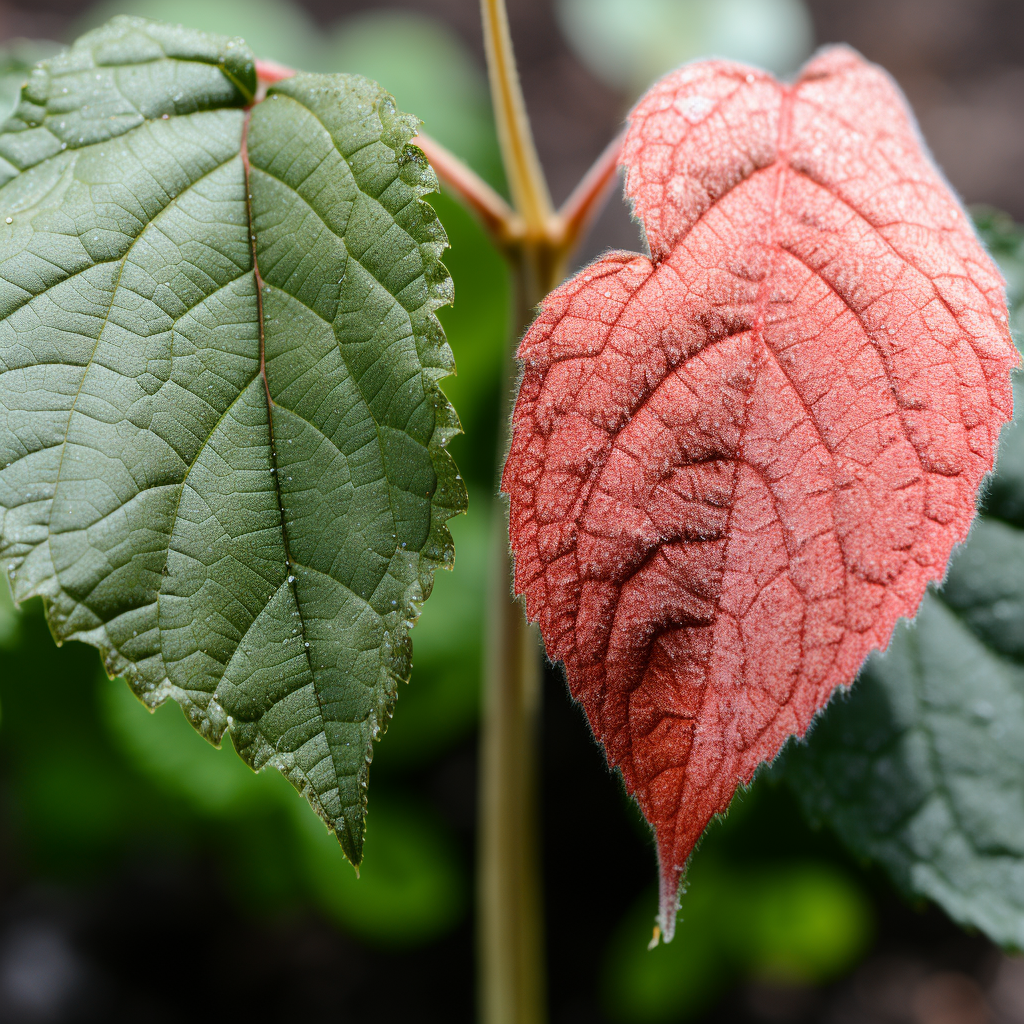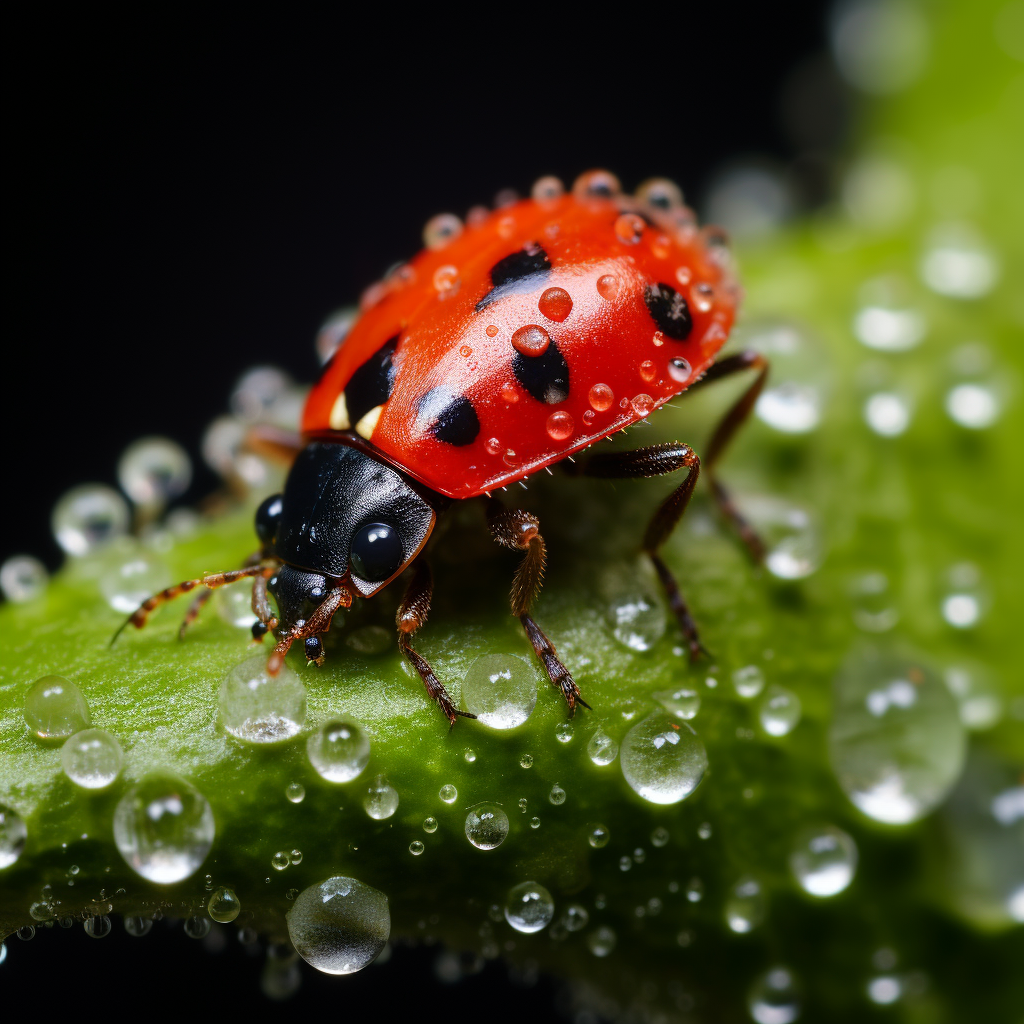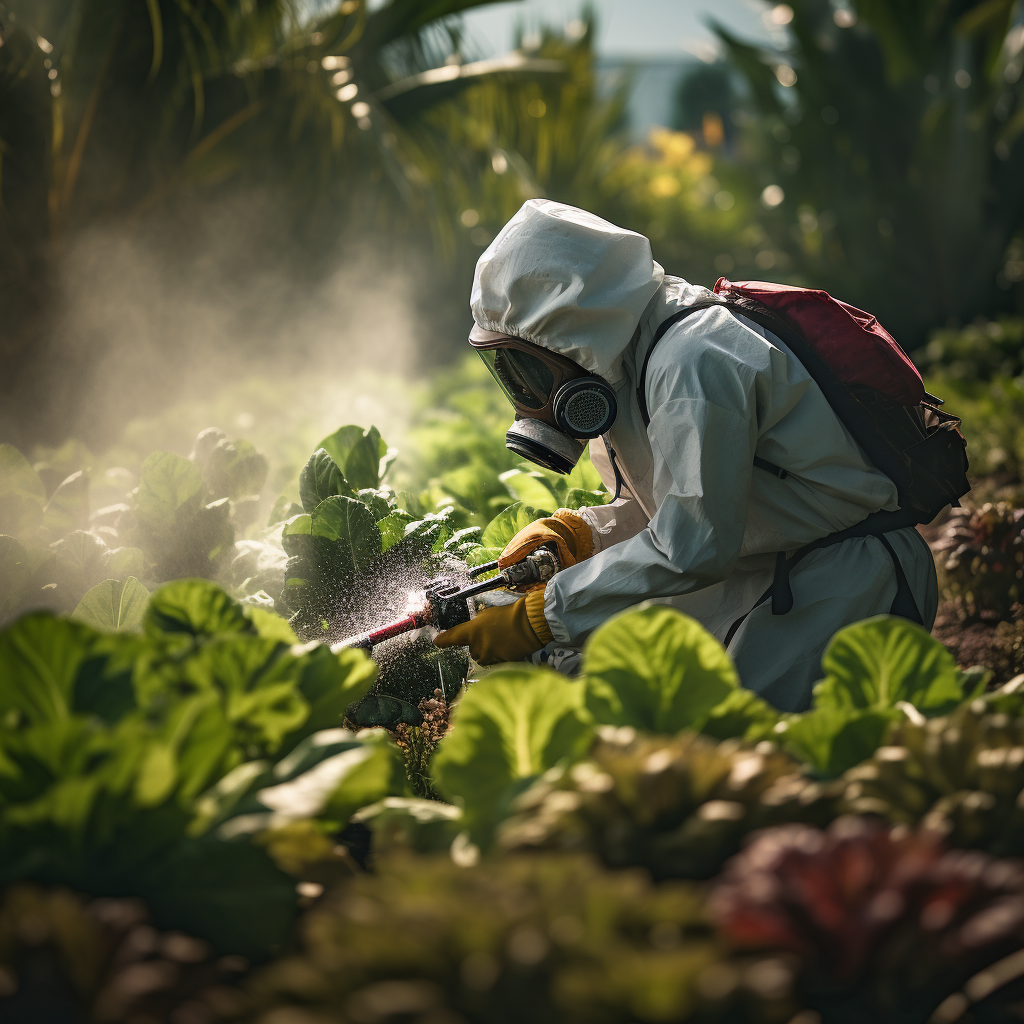
Introduction
If you’re a dedicated gardener or a diligent farmer, you’re probably no stranger to the pesky and virtually invisible invaders known as red spider mites. Despite their tiny size, these creatures can wreak havoc on your plants, causing extensive damage. Among the various types of spider mites, the red spider mite, scientifically known as Tetranychus urticae, stands out as a notorious adversary, thriving in gardens, greenhouses, and fields. In this article, we will delve into the world of red spider mites and explore effective strategies to prevent and control their infestations.
Red Spider Mites: The Tiny Yet Troublesome Pests
Red spider mites, at just 0.4 mm in size, are arachnids that feed on plant sap. They’re also referred to as two-spotted spider mites due to the two dark spots commonly seen on their backs. These minuscule pests belong to the Tetranychidae family, which encompasses over 1,200 different species of spider mites.
Red spider mites aren’t picky eaters; they can be found on a wide array of plants, including vegetables, fruits, flowers, herbs, and houseplants. They tend to thrive in warm and dry conditions, where their populations can rapidly multiply. In fact, a single female red spider mite can lay up to 100 eggs in her lifetime, with these eggs hatching in as little as three days.
Identifying Red Spider Mite Damage
Identifying red spider mite damage can be a challenge, primarily because these pests are nearly invisible to the naked eye. However, there are telltale signs you can look out for:
- Tiny Speckles on Leaves: These speckles appear as tiny yellow or white spots on leaves, caused by the mites piercing plant cells and extracting sap.
- Fine Webbing: On the underside of leaves or between stems and branches, red spider mites spin silk threads for protection and movement.
- Discolored, Curled, or Dried-Up Leaves: Infested plants often exhibit leaves that are discolored, curled, or prematurely dried up.
- Reduced Plant Growth and Yield: If your plants seem to be struggling with growth and are yielding less, red spider mite infestations might be the cause.
To confirm the presence of red spider mites, you can perform a simple test. Use a magnifying glass or shake a leaf over a white paper sheet, and you should observe tiny, moving dots that may be yellowish-green or reddish-orange, depending on the season.
Preventing Red Spider Mite Infestations
Prevention is the best approach to combat red spider mite infestations. Here are some practical tips to keep these pests at bay:
- Maintain Plant Health: Keep your plants healthy and well-watered. Stressed or drought-stressed plants are more susceptible to red spider mites.
- Avoid Over-Fertilization: Be cautious with high-nitrogen fertilizers, as they can stimulate lush growth, which red spider mites favor.
- Promote Good Air Circulation: Regularly prune your plants and space them adequately to ensure good air circulation, as red spider mites thrive in crowded conditions.
- Weed and Debris Removal: Remove any weeds or debris around your plants that may harbor red spider mites or their eggs.
- Frequent Monitoring: Keep a close eye on your plants for any early signs of red spider mite activity. Swift action is crucial if you detect any evidence of an infestation.
Treating Red Spider Mite Infestations Naturally

If red spider mites have already infiltrated your plants, don’t panic. You can employ natural methods to eliminate them without resorting to harsh chemicals. Here are some effective options:
- Washing with Water: Use a strong jet of water from a hose or spray bottle to wash your plants every few days. This dislodges many of the adult mites and eggs from the leaves, reducing their population.
- Alcohol or Insecticidal Soap: Wiping your plants with a damp cloth soaked in rubbing alcohol or insecticidal soap every week will kill any remaining adult mites and eggs without harming your plants.
- Natural Predators: Introduce natural predators such as ladybugs, lacewings, predatory mites, or nematodes to your garden or greenhouse. These beneficial insects will feed on red spider mites and help control their numbers. You can purchase these predators online or from garden centers, but ensure you follow the instructions meticulously when releasing them.
- Organic Pesticides: Apply organic pesticides like neem oil, horticultural oil, pyrethrin, or diatomaceous earth (DE) to your plants following the label directions. These products suffocate, repel, or dehydrate red spider mites without harming beneficial insects. Keep in mind that their effectiveness may vary based on the type of red spider mites and the severity of the infestation. Always perform a small test application and follow the label instructions closely.

FAQs about Red Spider Mites
How do red spider mites spread?
Red spider mites can spread by crawling from one plant to another, through wind currents, or by hitching rides on humans or animals. They can also survive on plant debris or weeds for extended periods.
How long do red spider mites live?
The lifespan of red spider mites depends on factors like temperature, humidity, food availability, and the presence of predators. In optimal conditions, they can live for two to four weeks. However, they can enter a dormant state known as diapause and survive for several months during unfavorable conditions.
Are red spider mites harmful to humans or pets?
Red spider mites are not known to bite or transmit diseases to humans or pets. However, some individuals may be allergic to their webbing or droppings, potentially leading to skin irritation or respiratory issues. If you have concerns, consult a medical professional or veterinarian.
Conclusion: Your Shield Against Red Spider Mite Threats
In summary, red spider mites may be small, but they pose significant threats to your plants. By understanding how to identify, prevent, and treat red spider mite infestations, you can safeguard your green space from these unwanted invaders. Always opt for organic methods whenever possible and prioritize safety when using any pesticides.
So, if you found this article helpful, don’t hesitate to share it with your friends and family who share your gardening or farming interests. Your plants will thank you, and so will we.
Put your newfound knowledge into practice and take control of red spider mites in your garden or farm. For further information and resources, consider exploring additional articles or expert advice on pest management. Feel free to share your experiences and tips in the comments section below and engage with our community of like-minded gardeners and farmers. Together, we can ensure our plants thrive and flourish, free from the troubles of red spider mites.

Cat-Friendly Gardening: Creating a Safe Haven for Your Feline Friends
Table of Contents Introduction Hey there, fellow feline enthusiasts! 🐾 Welcome to a space where your garden becomes not just a patch of green but

From Lilies to Sago Palms: Protect Your Cat from These 10 Toxic Plants
Table of Contents Introduction: Keeping Your Furry Friend Safe from Toxic Plants Hey there, fellow cat lovers! We all know our feline companions can be

Cat Nutrition 101: Decoding Labels & Essential Nutrients A-Z!
Table of Contents Introduction As a cat owner, you want nothing but the best for your furry feline friend. And that includes providing them with
